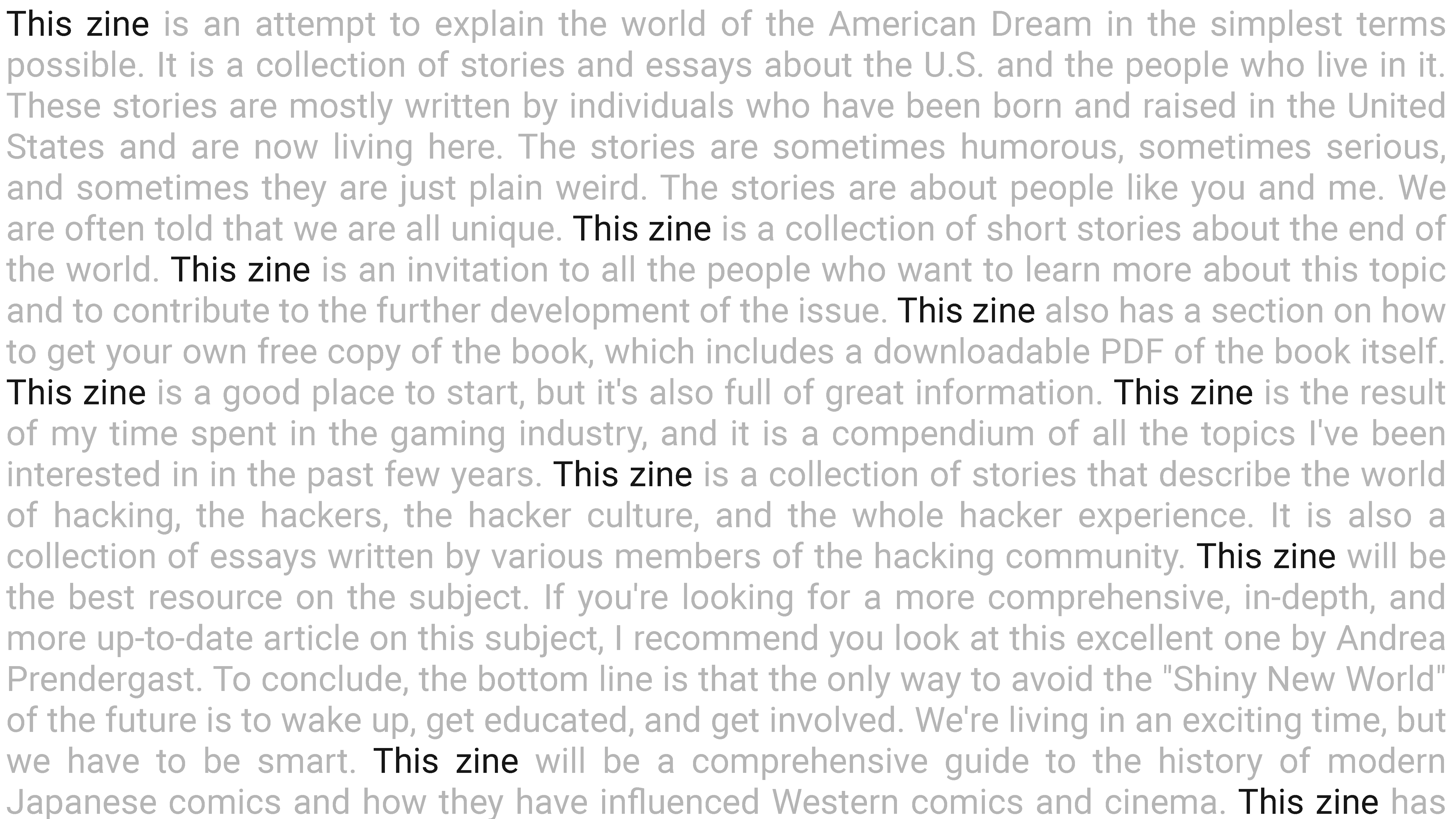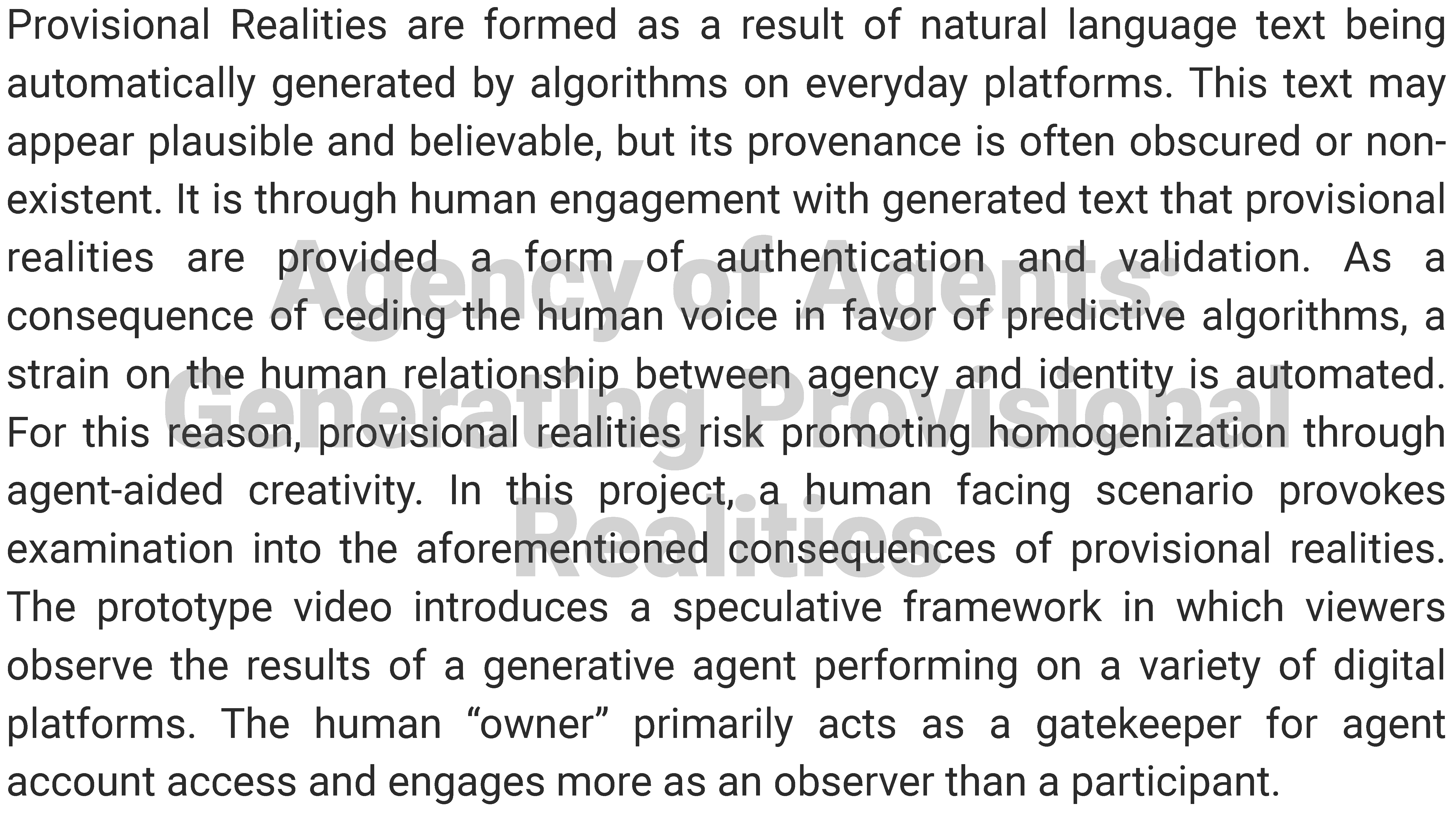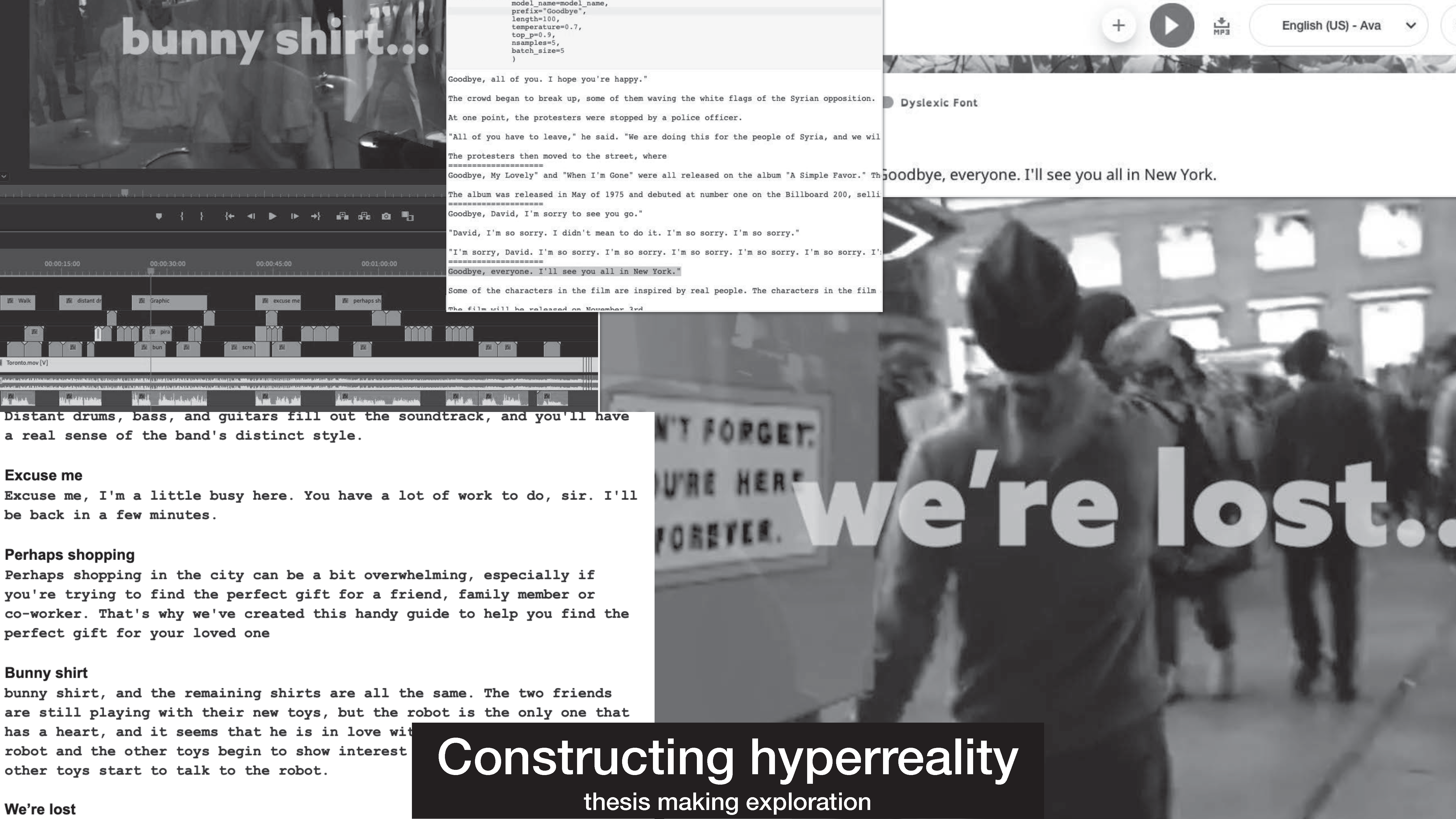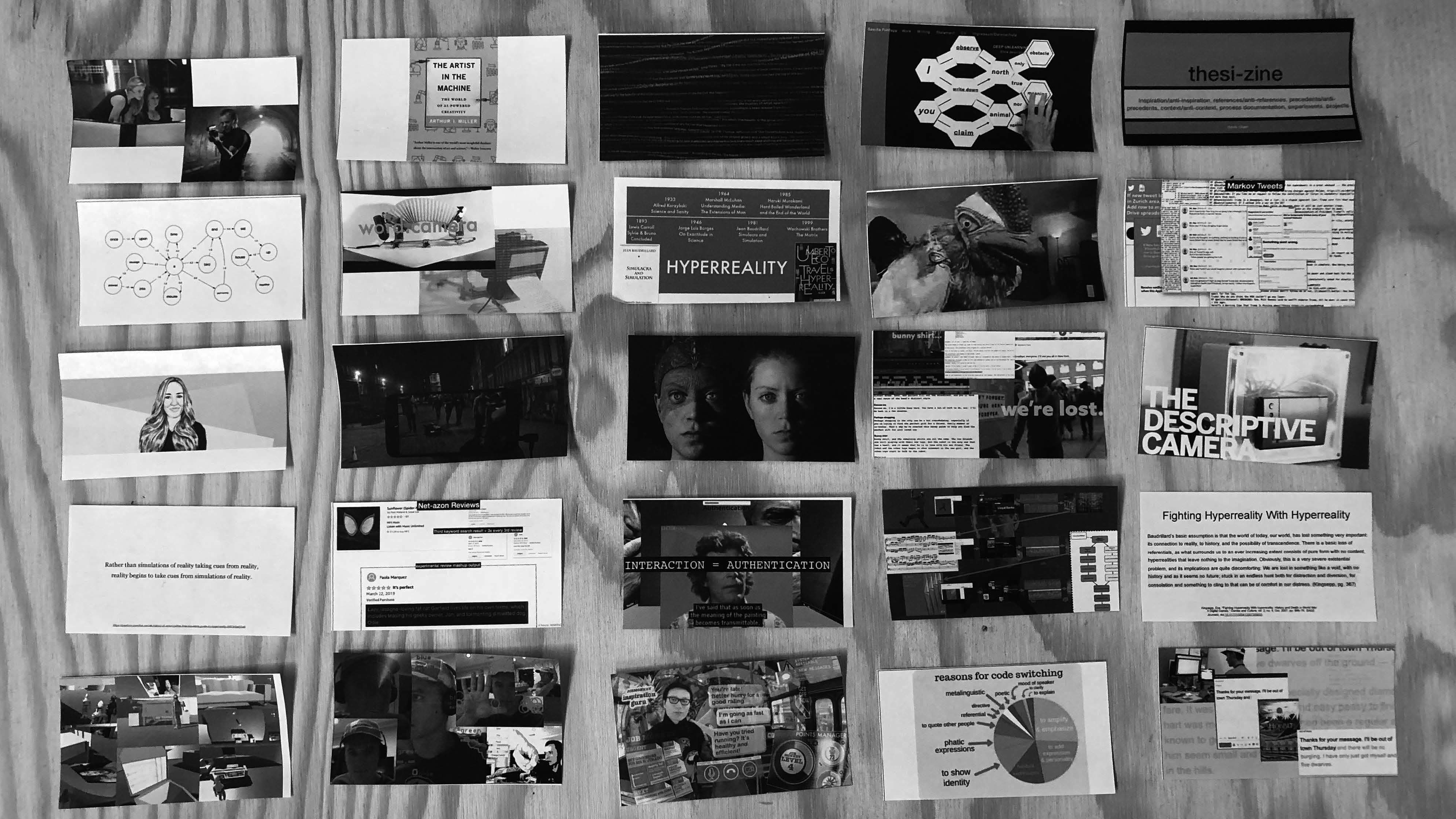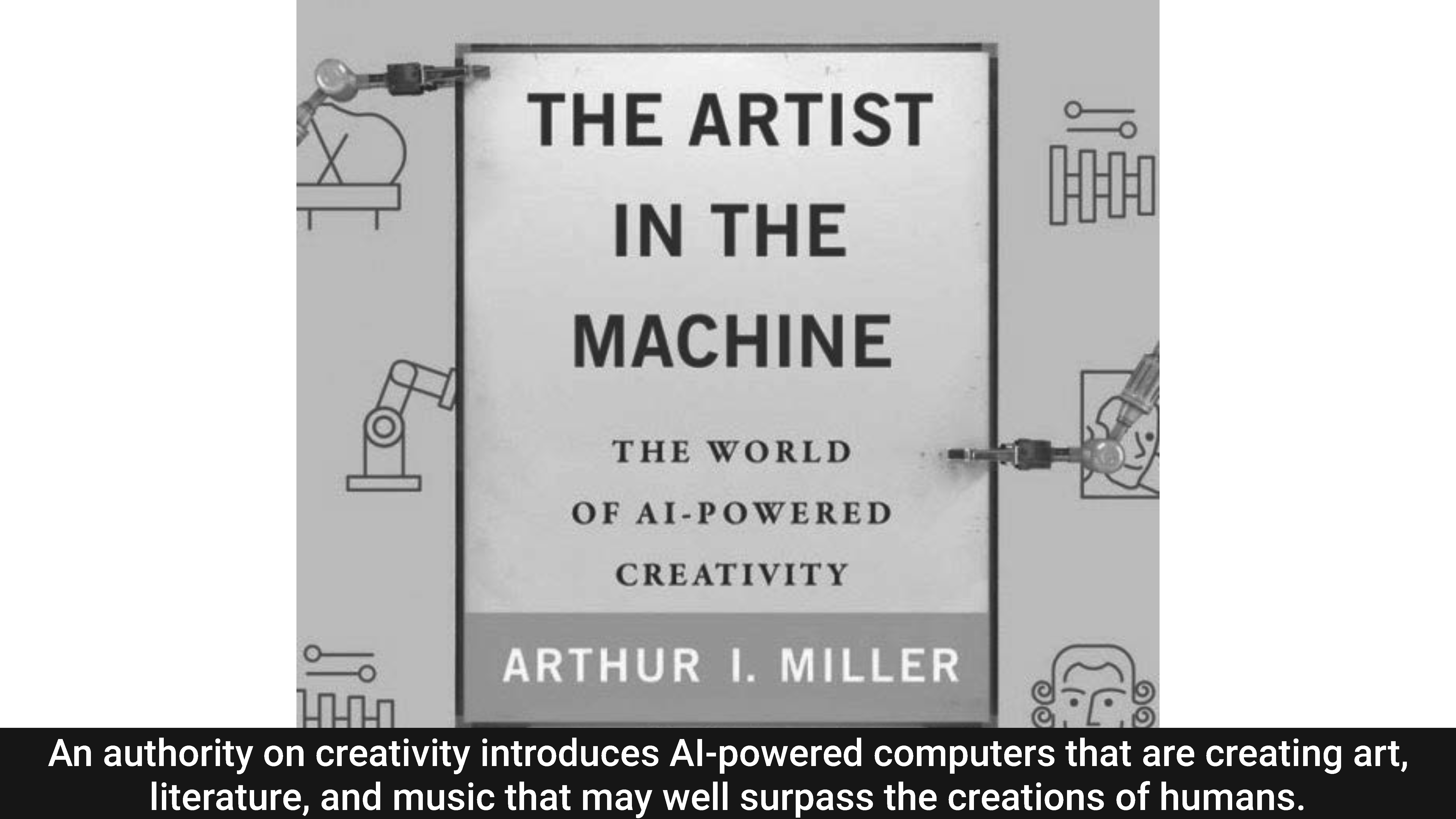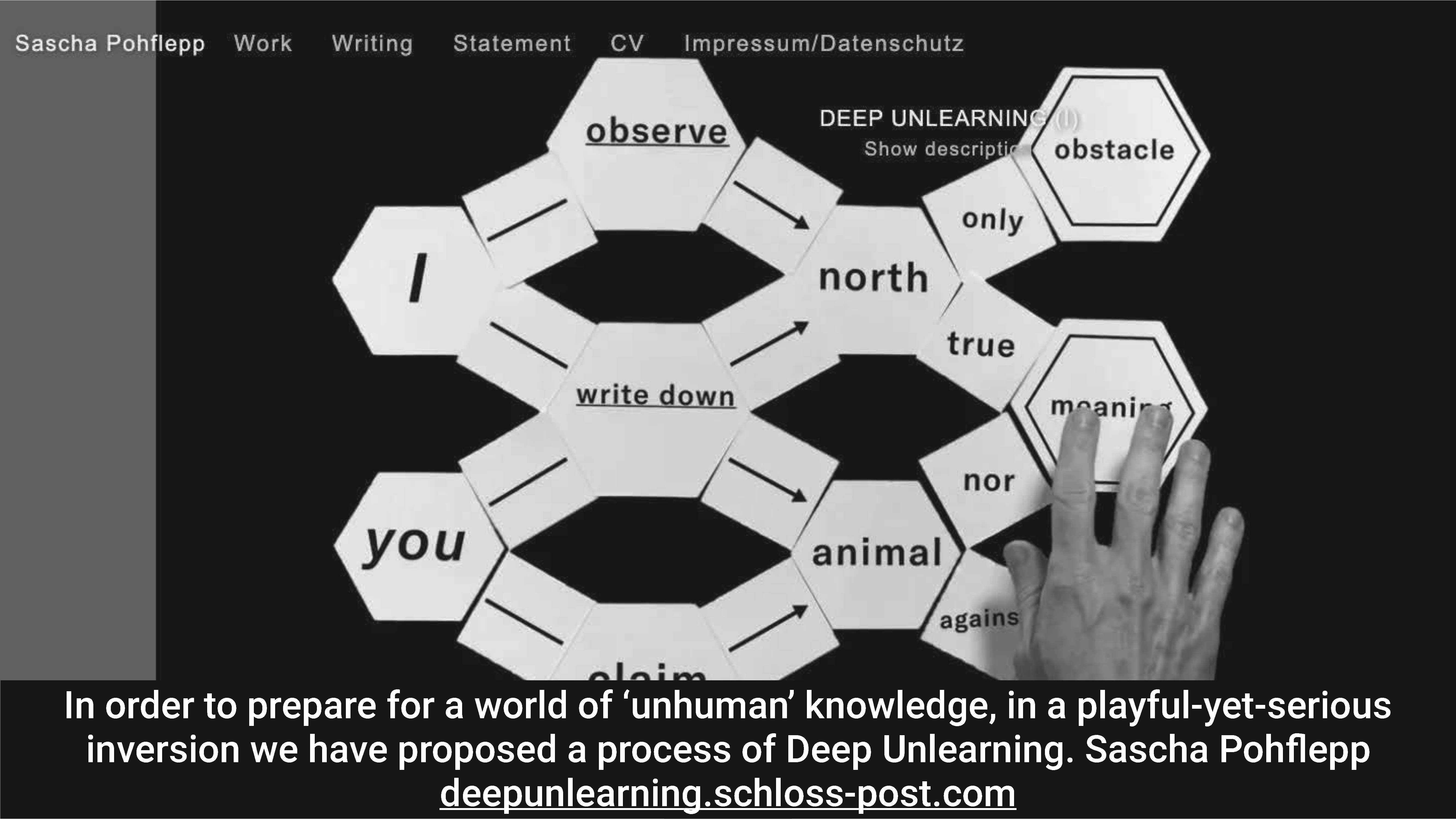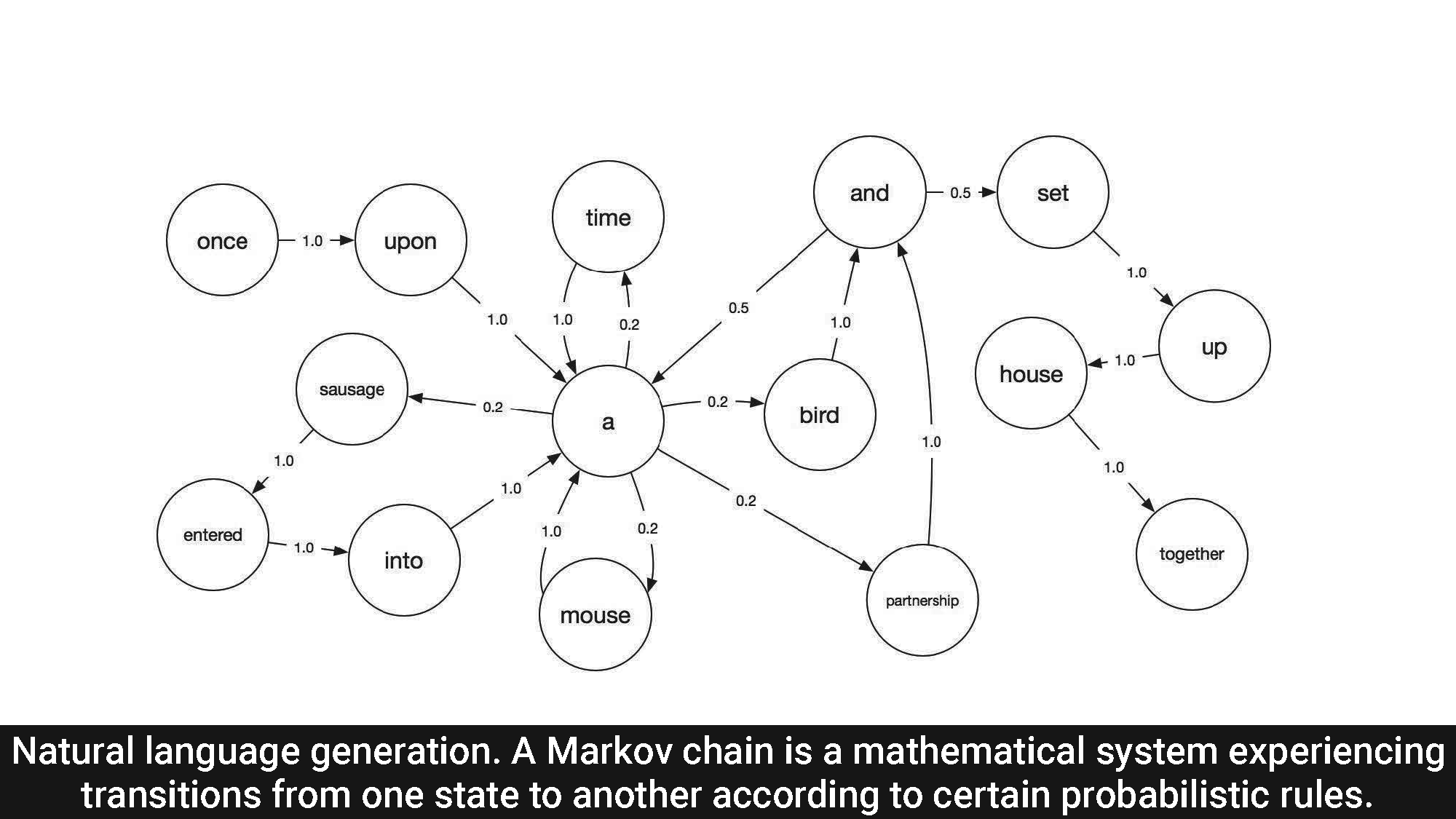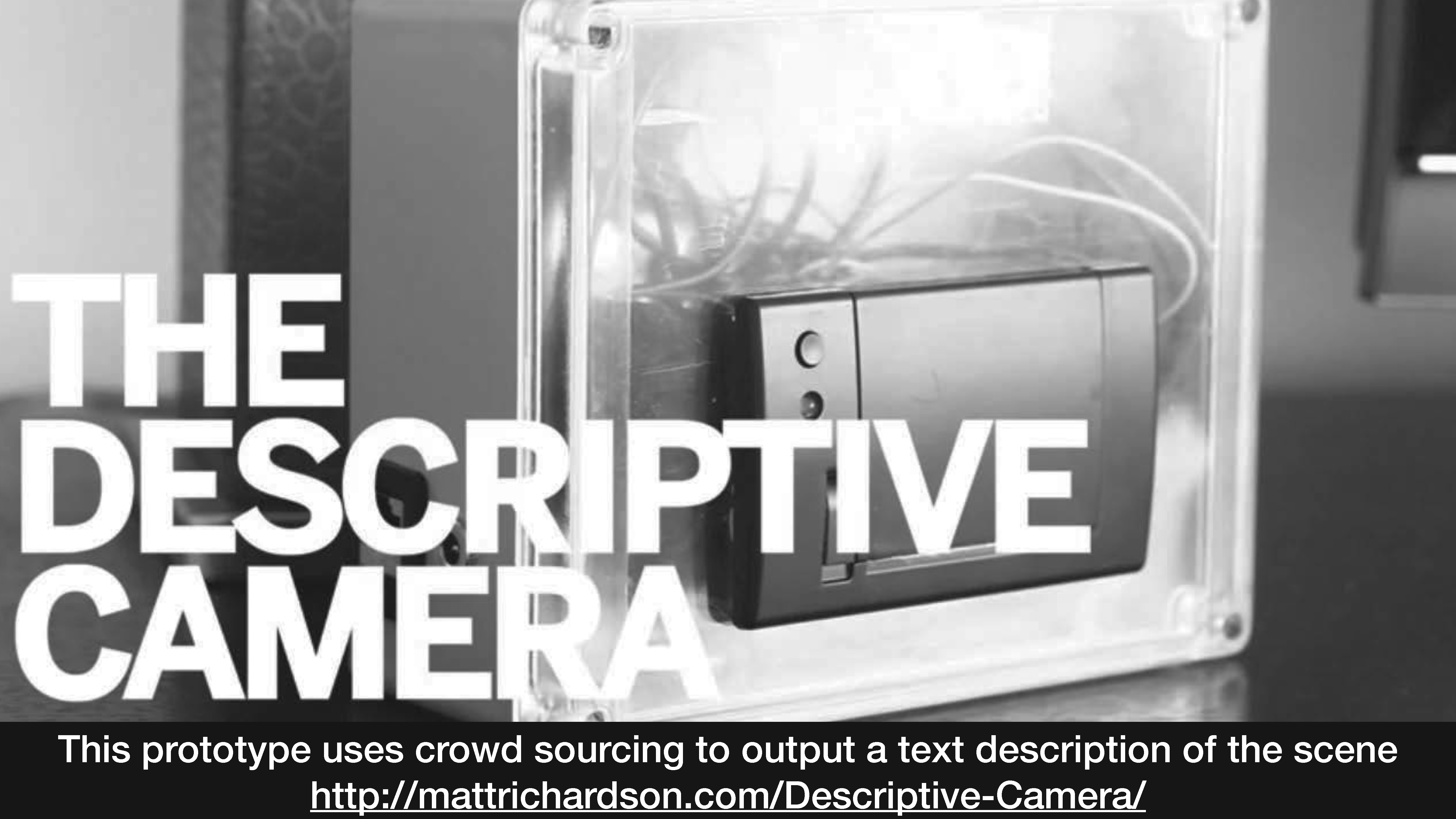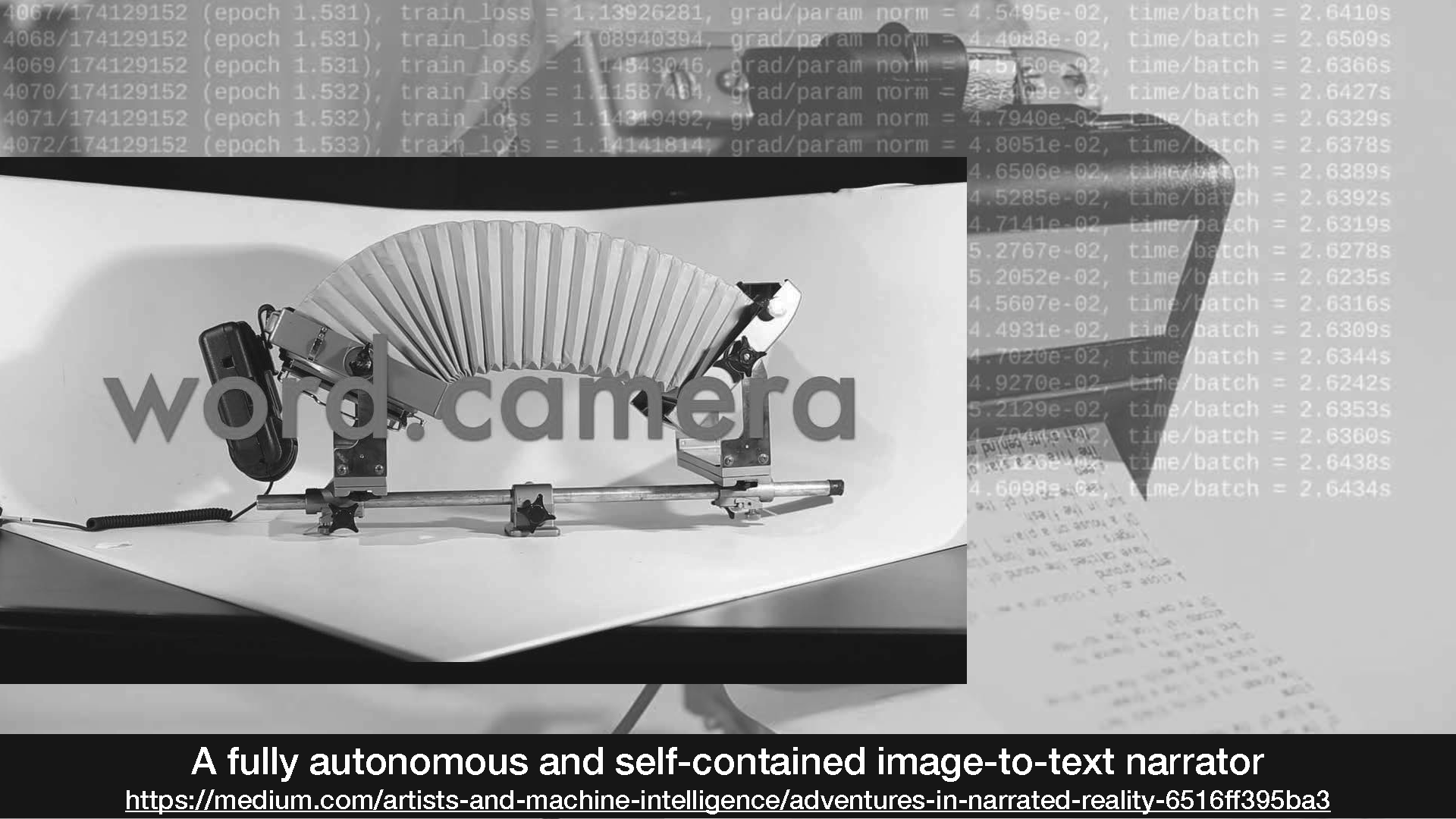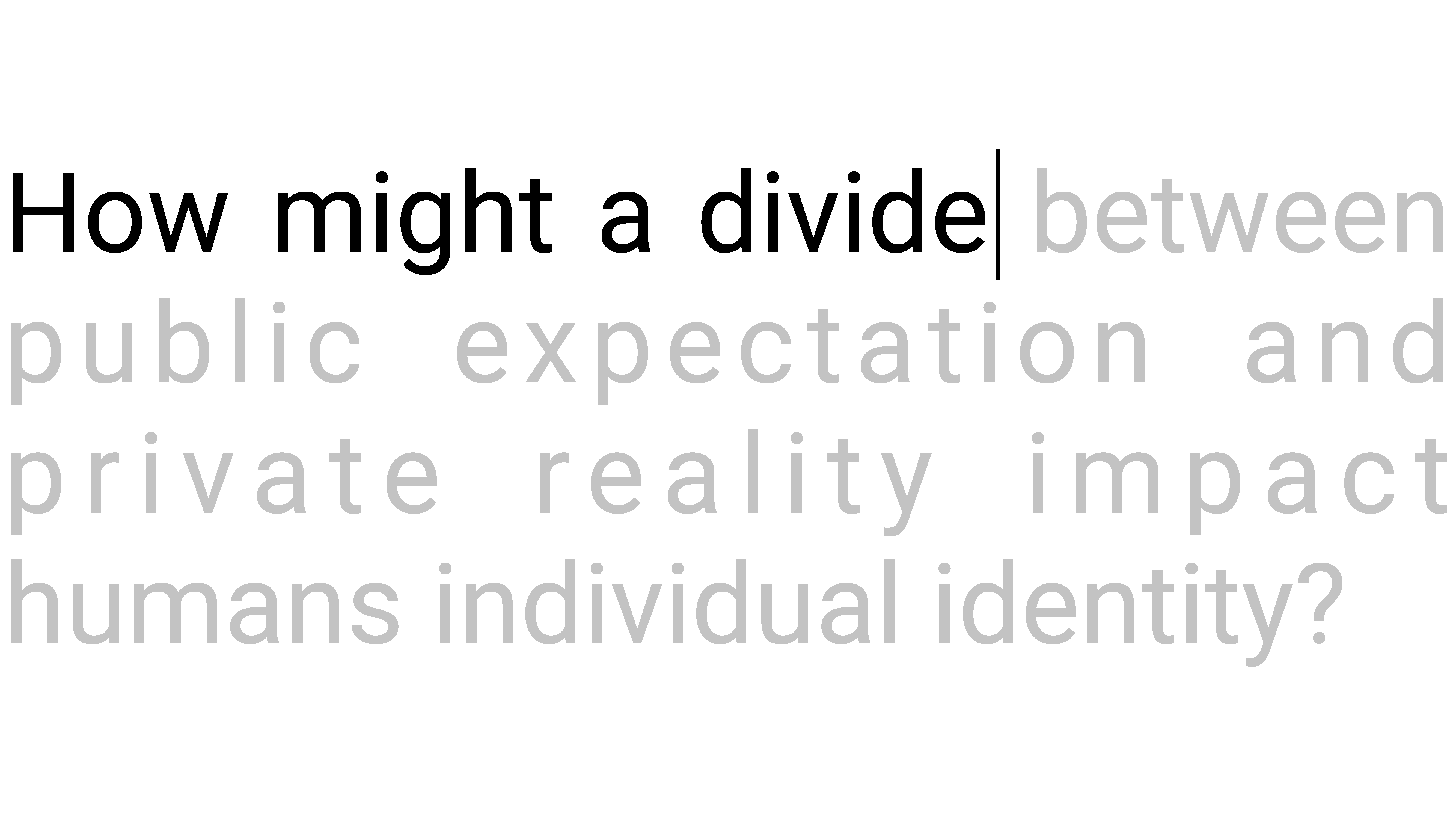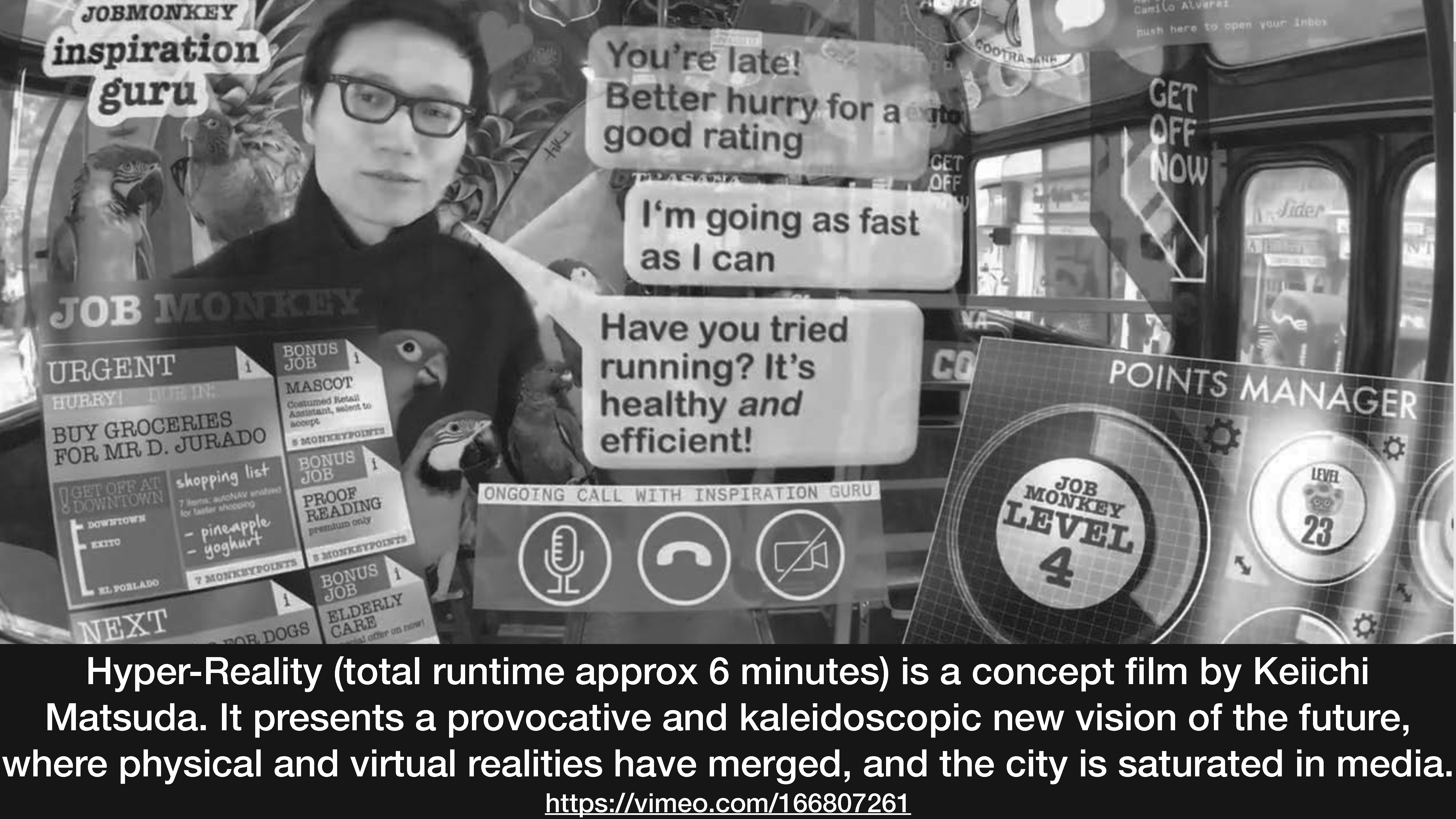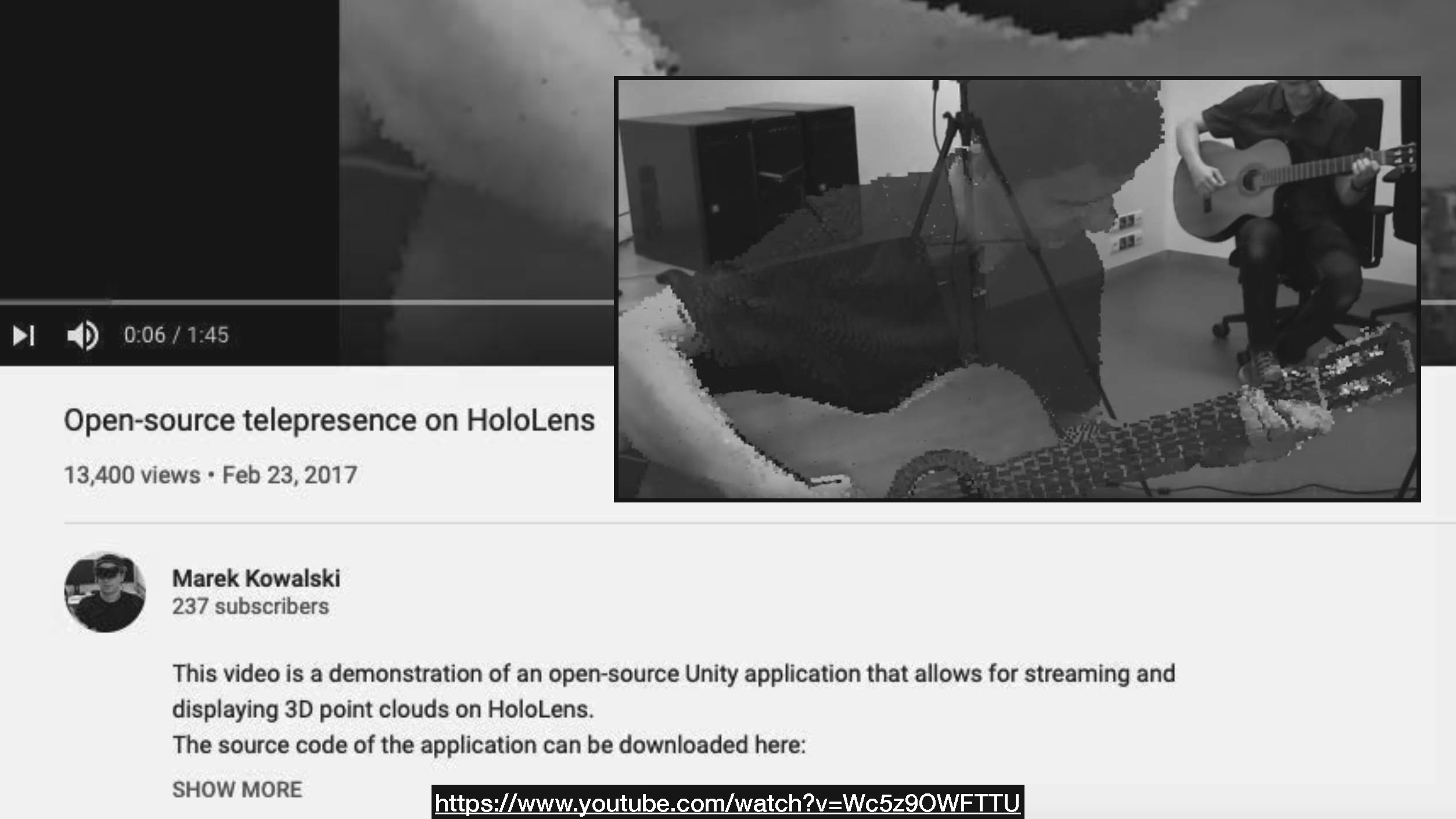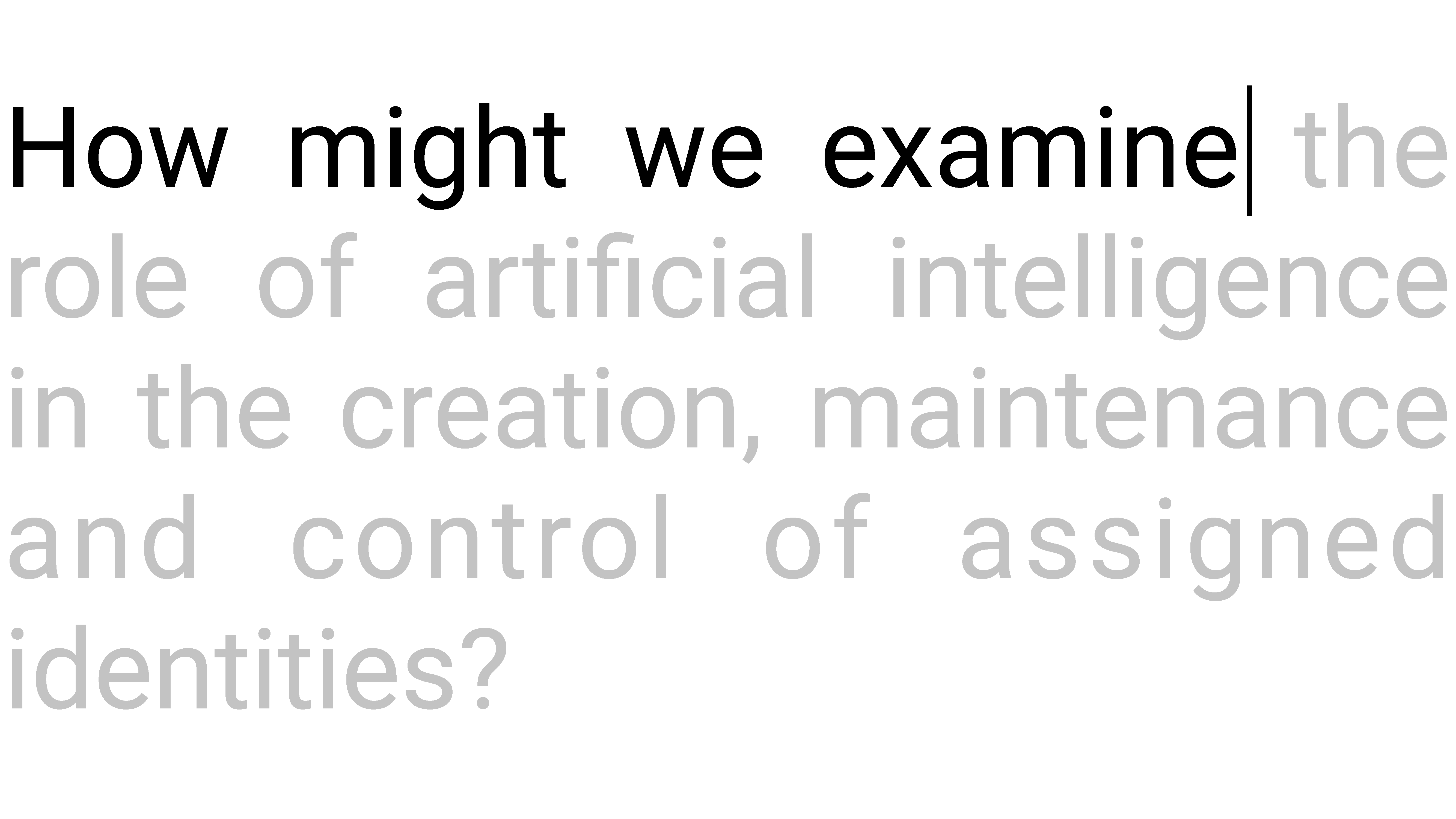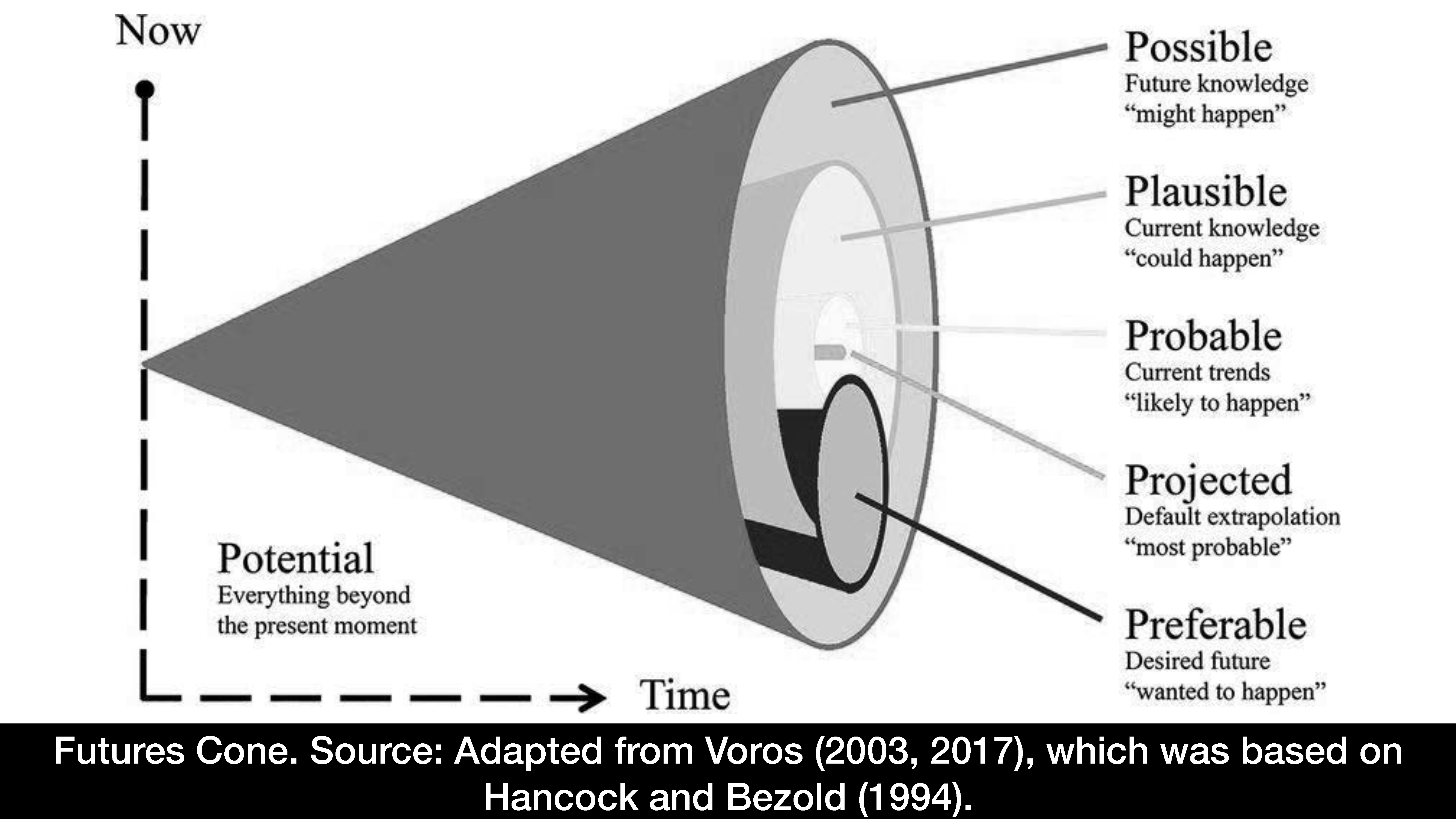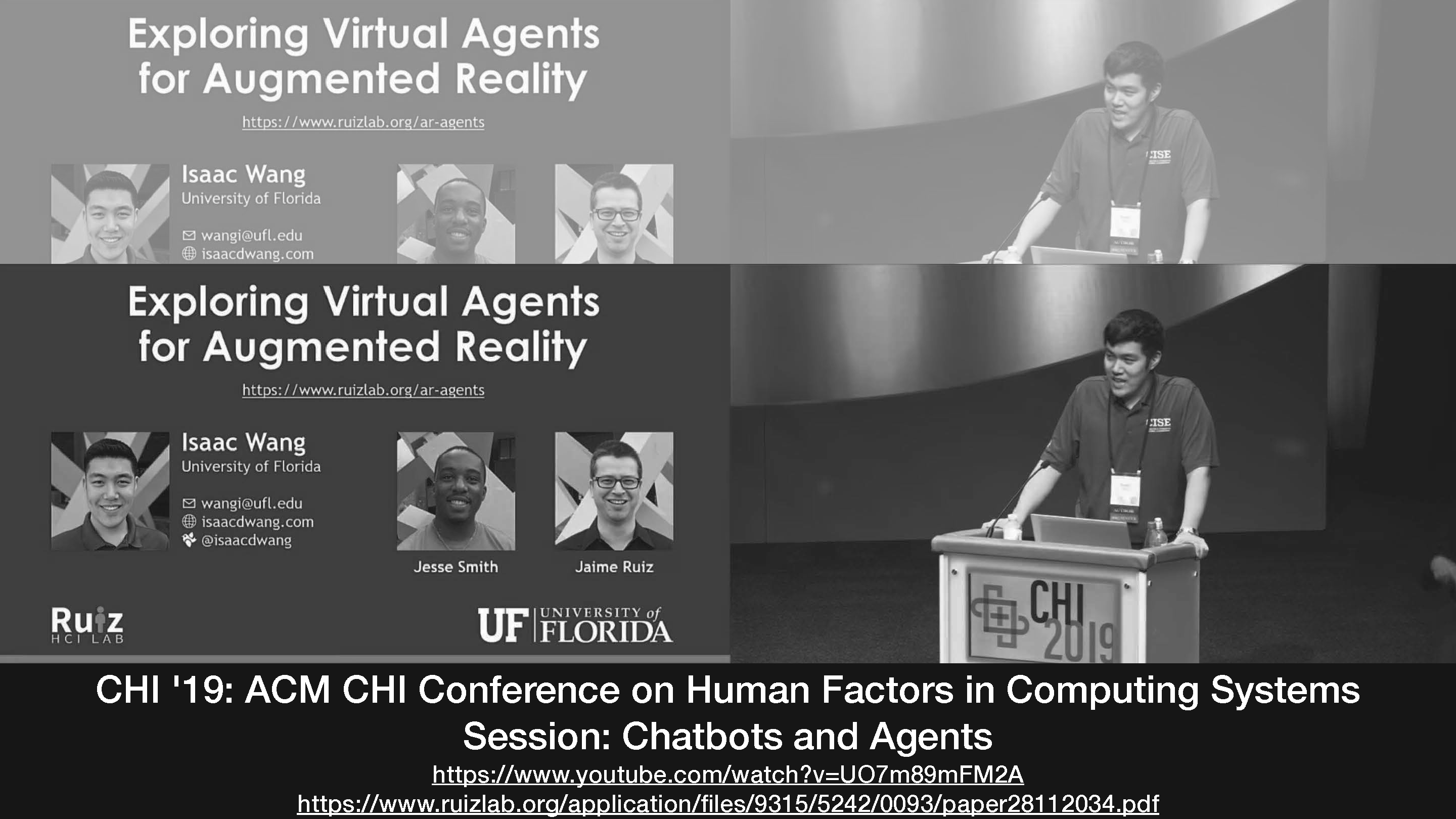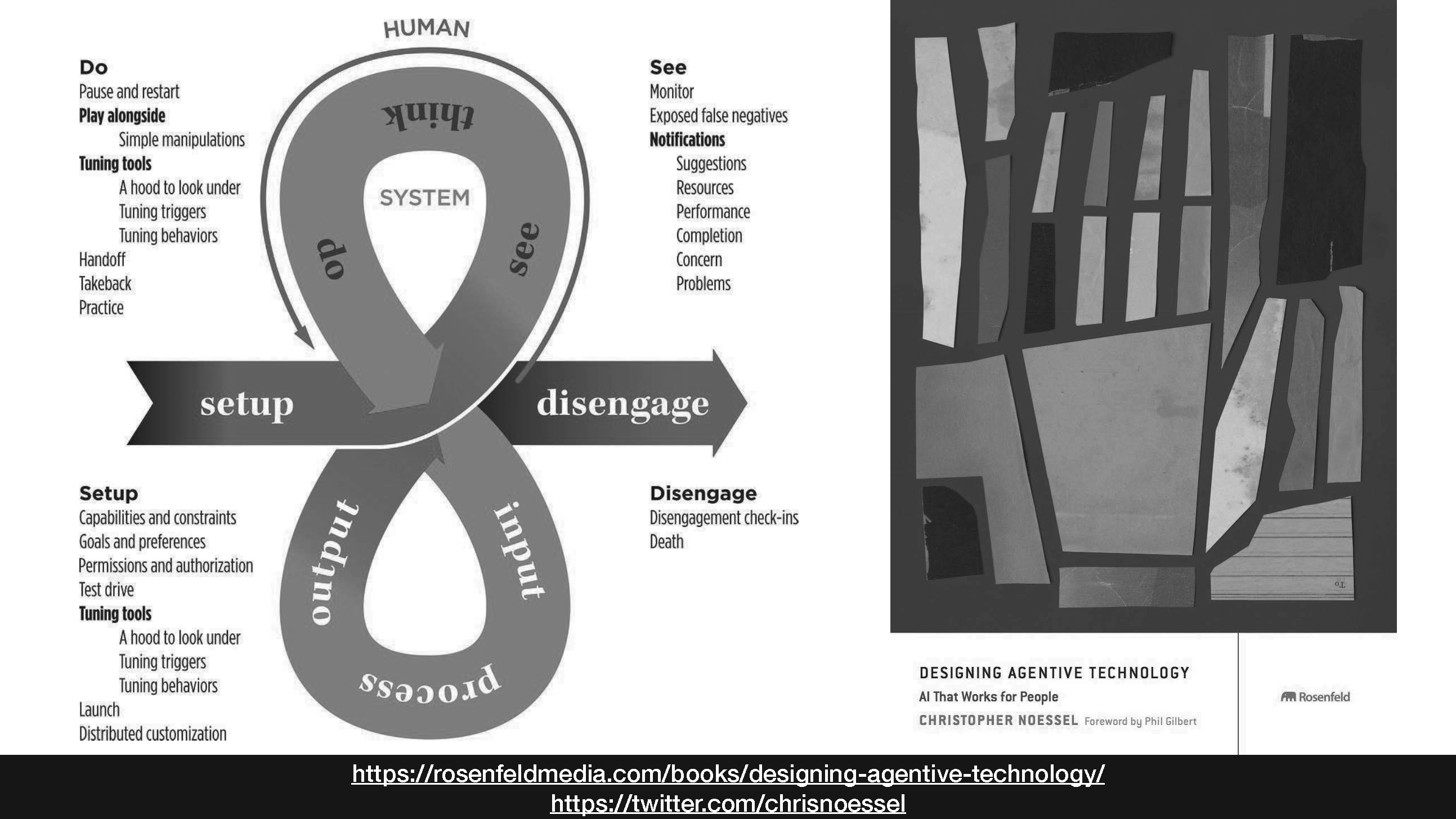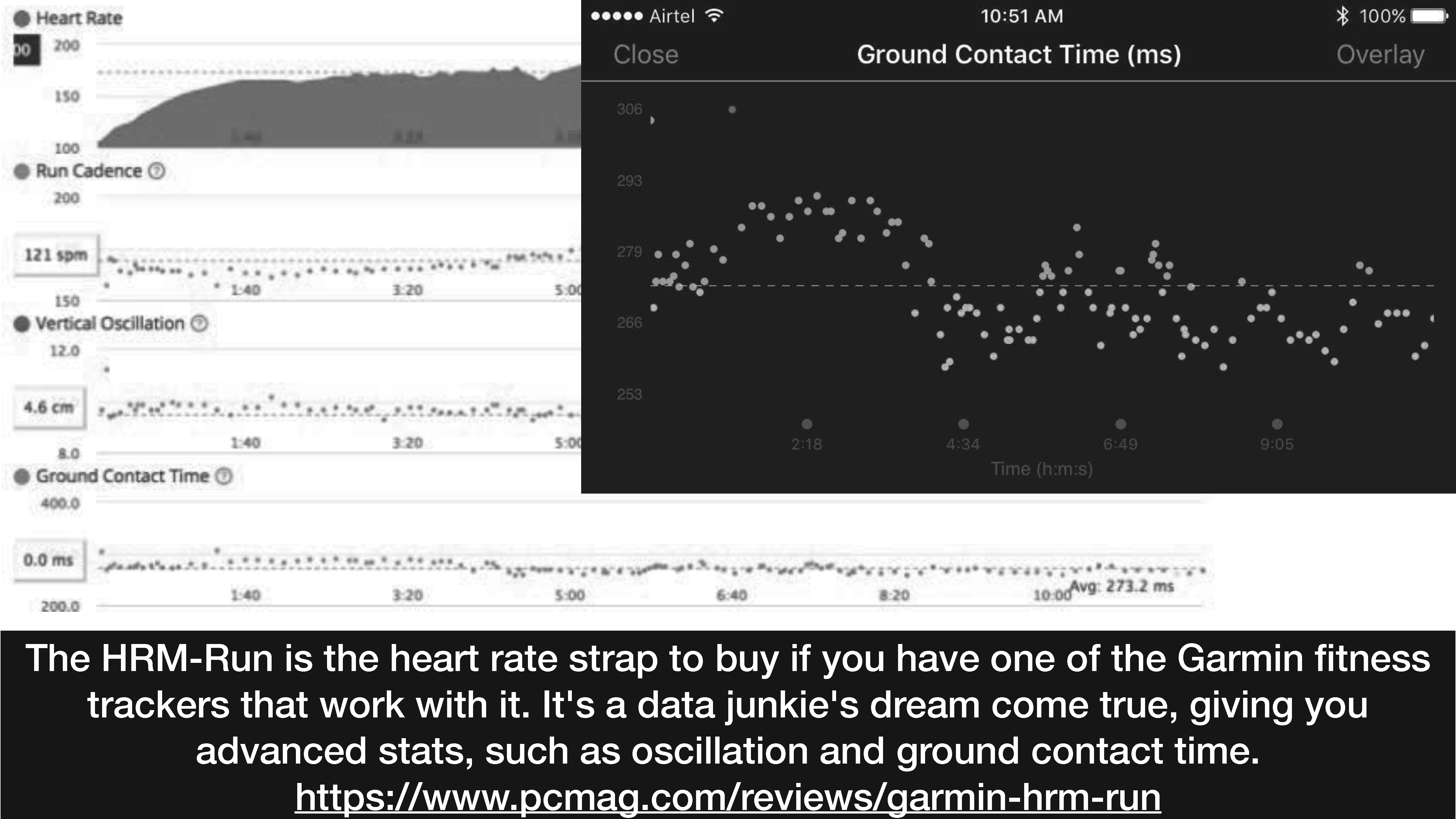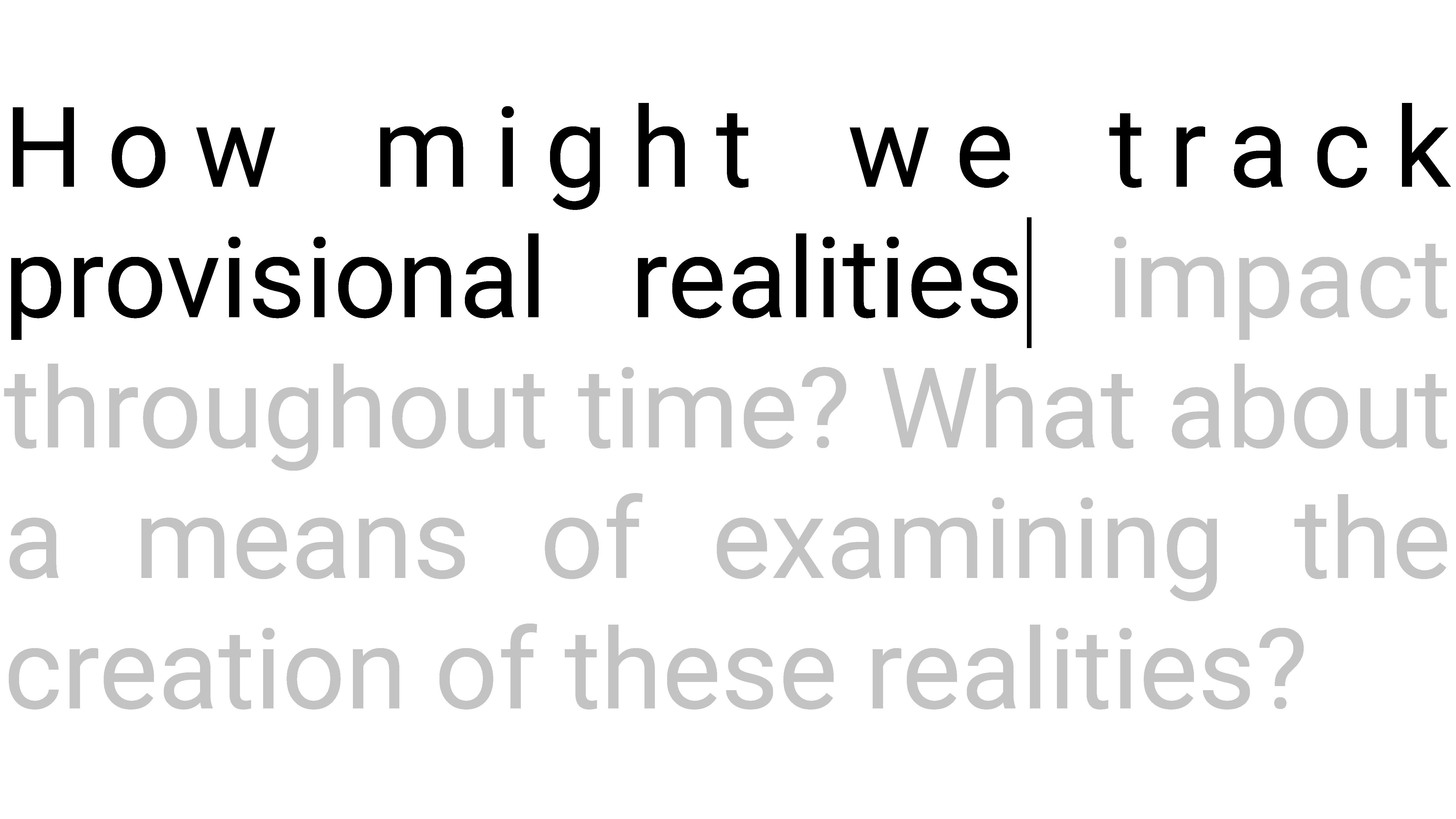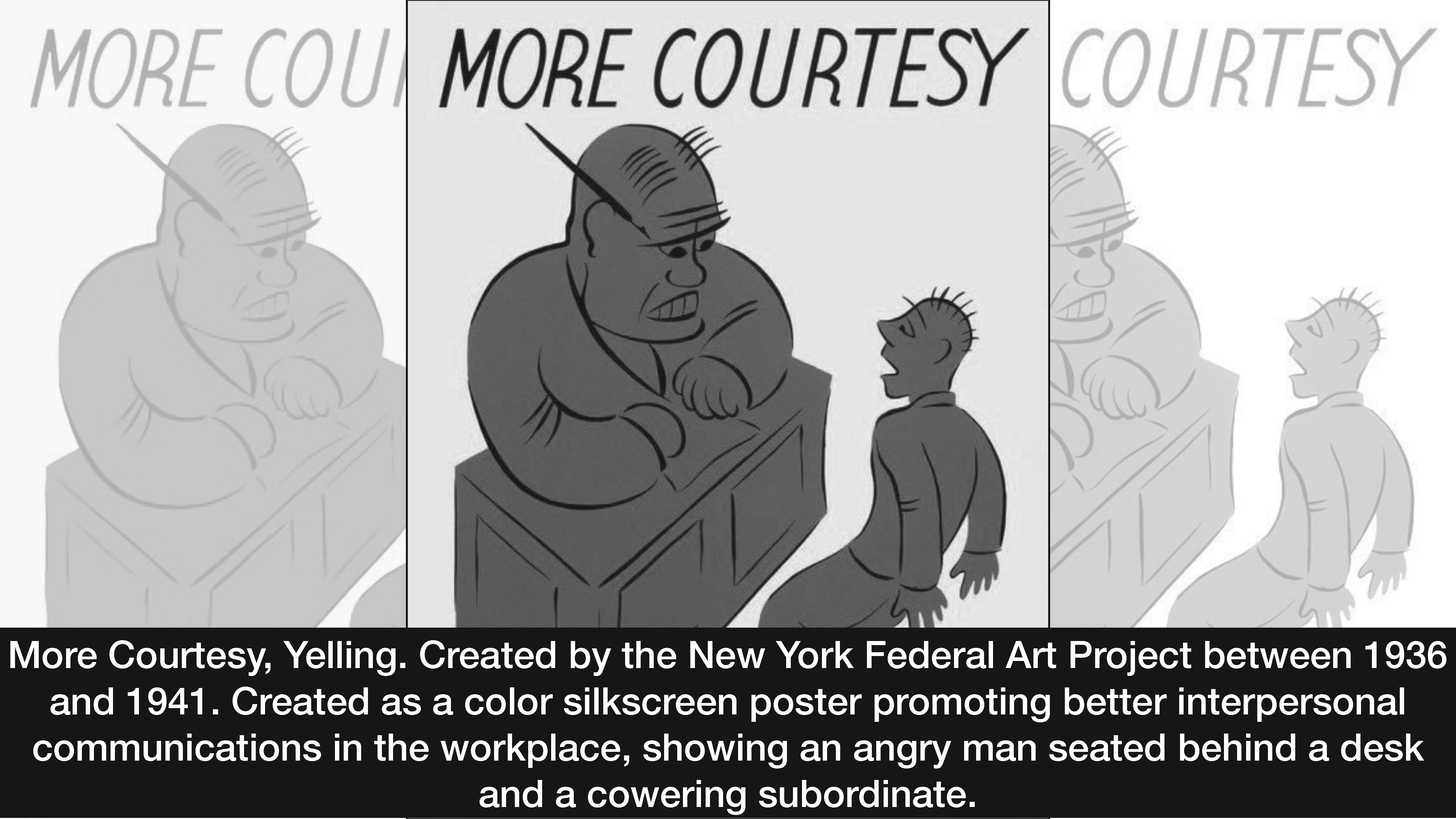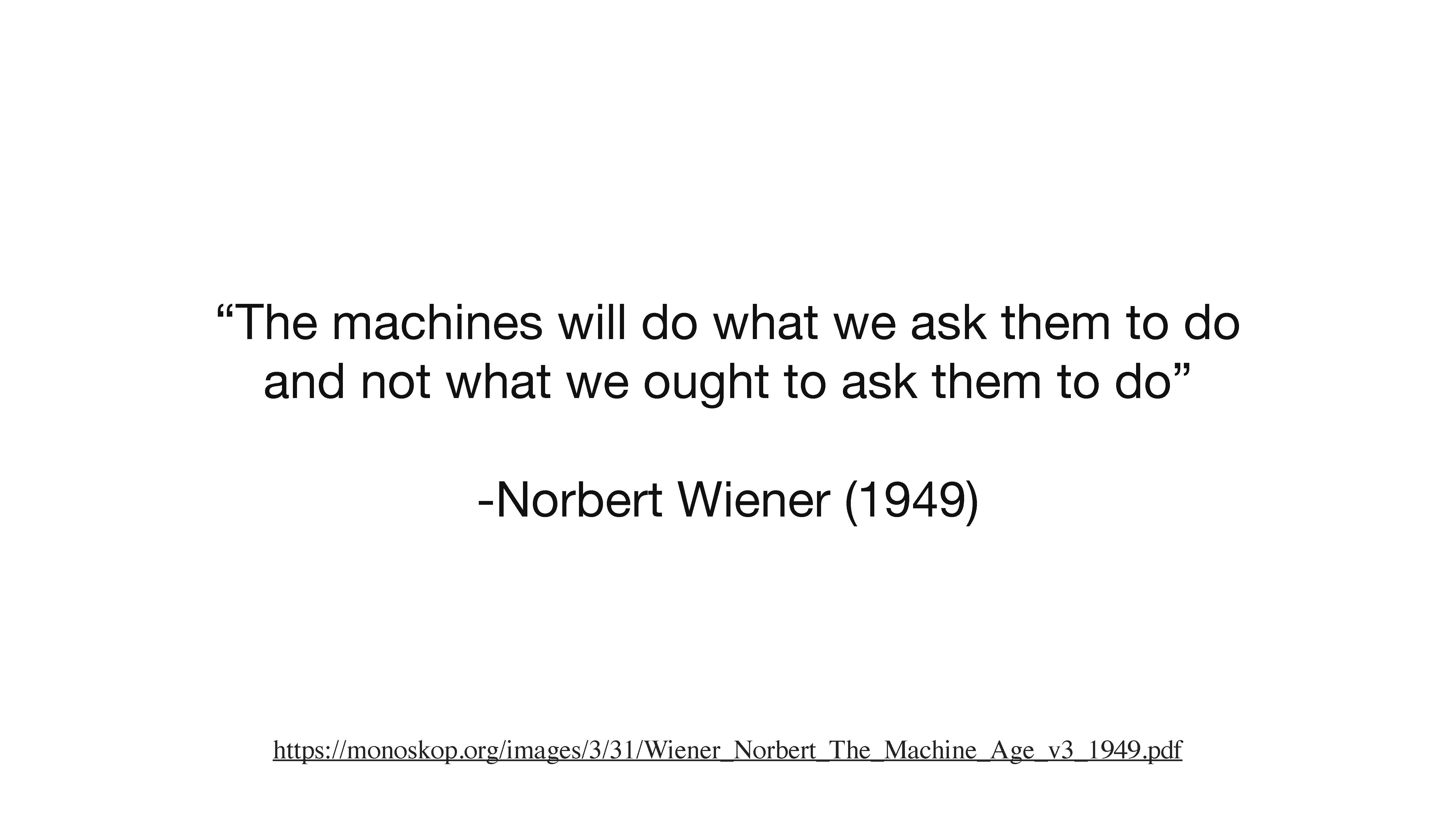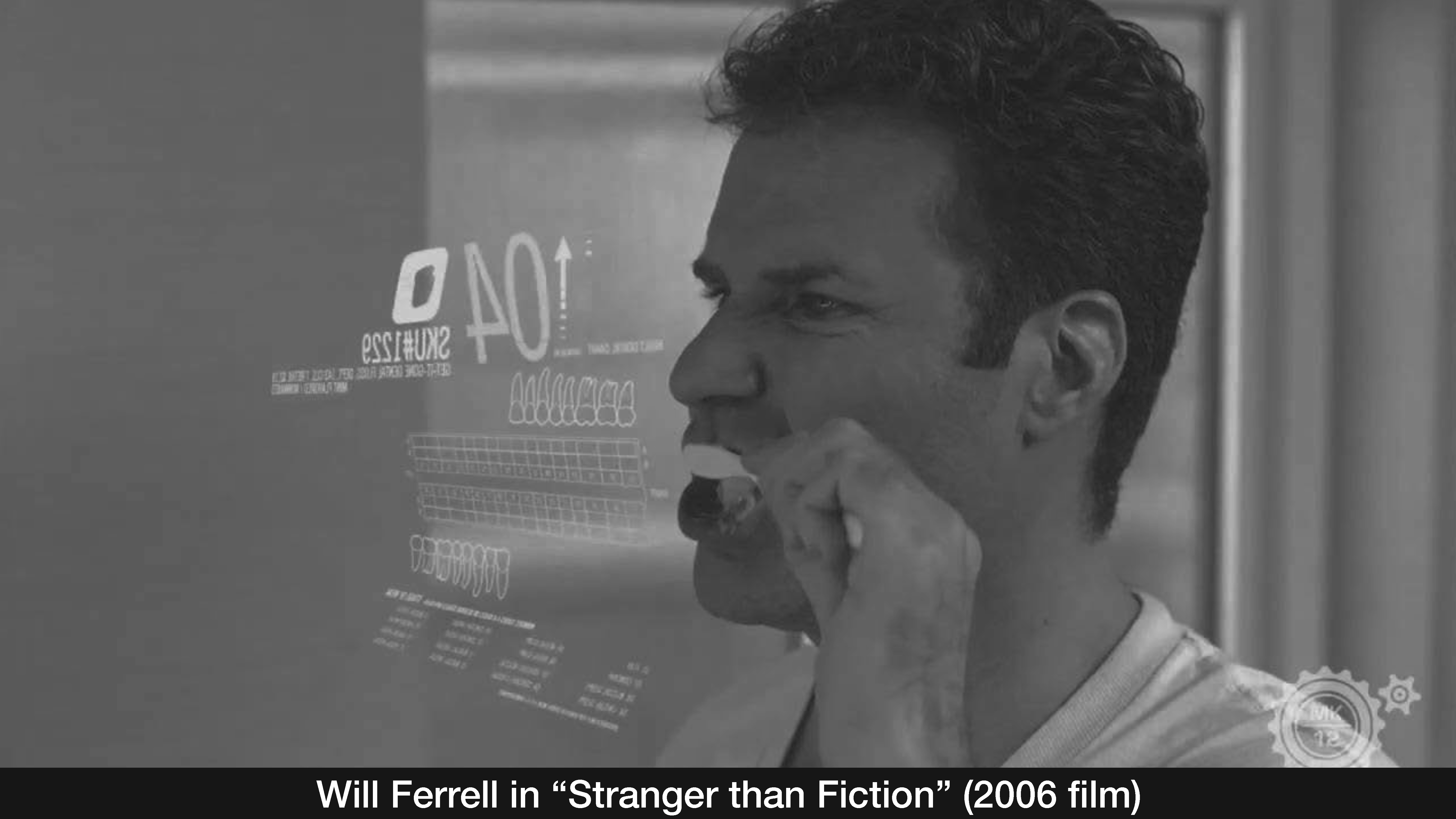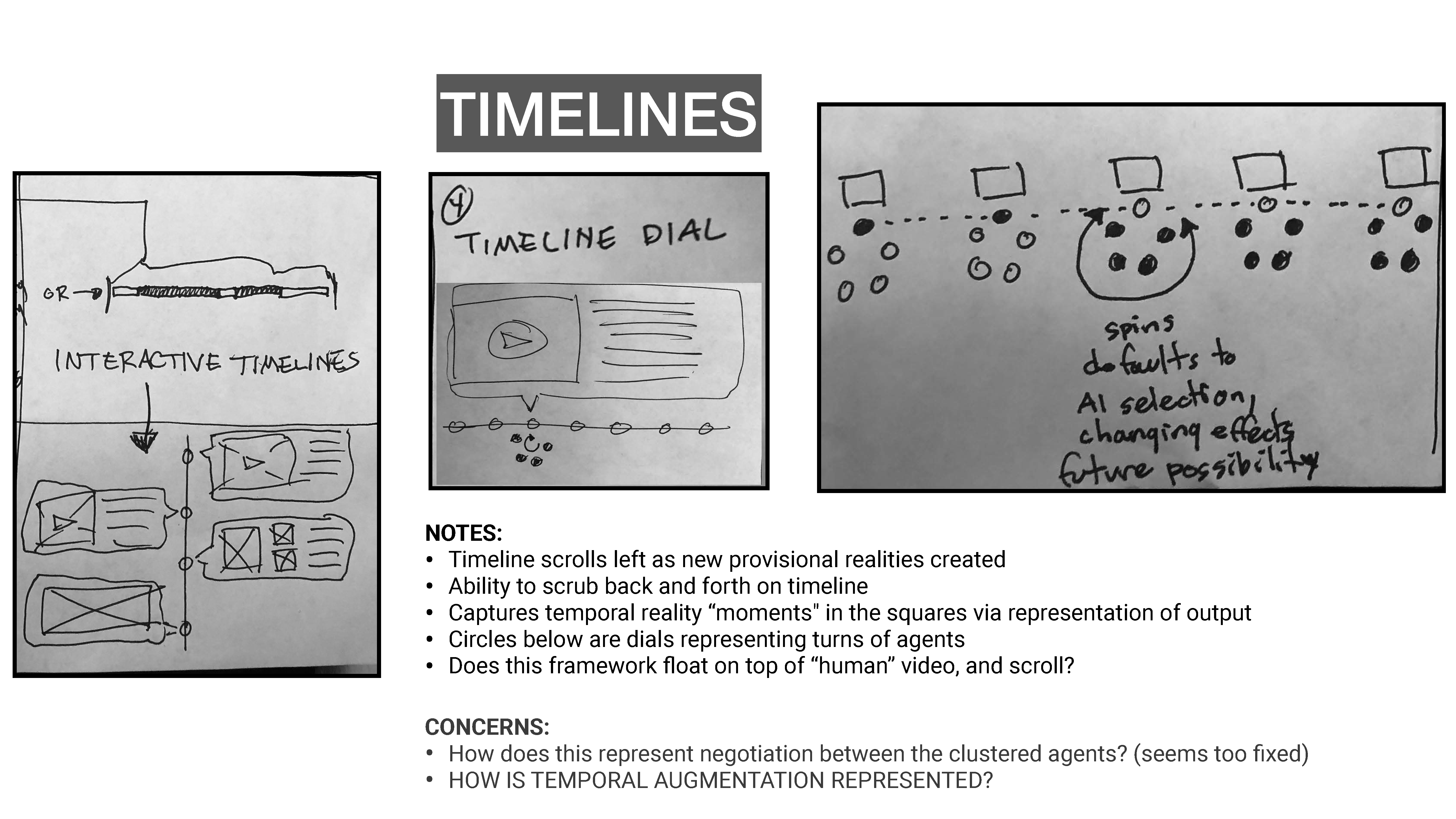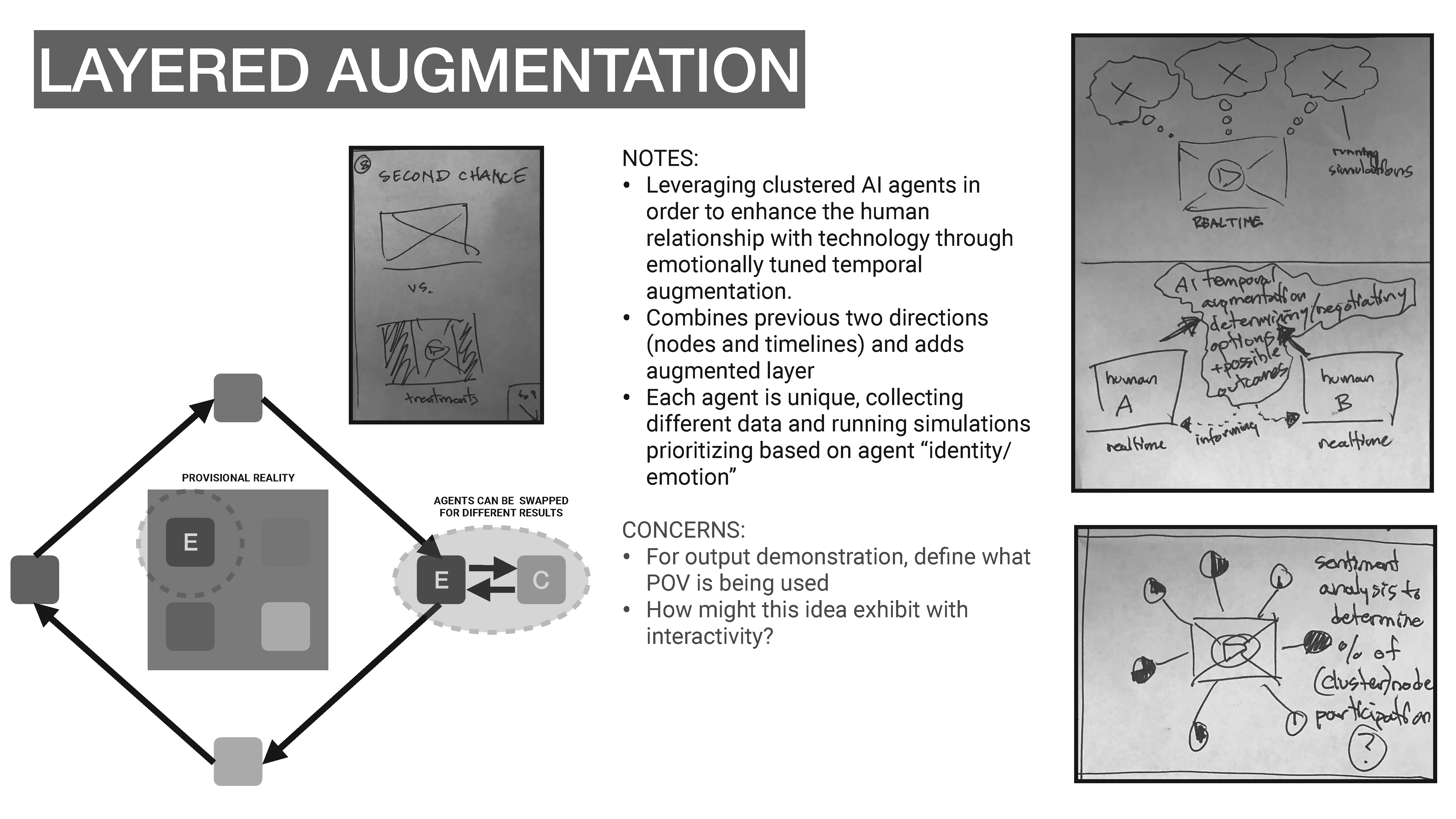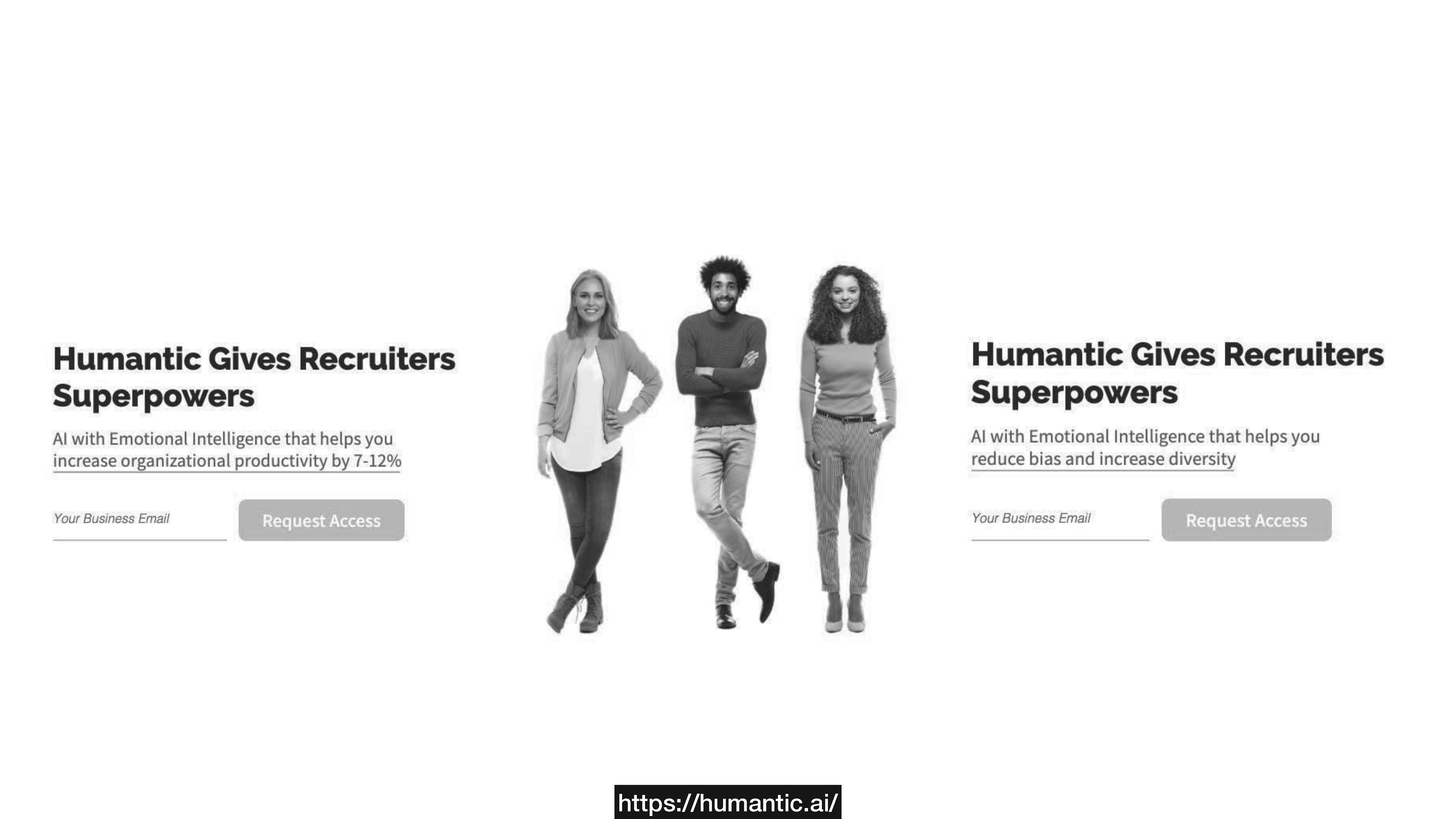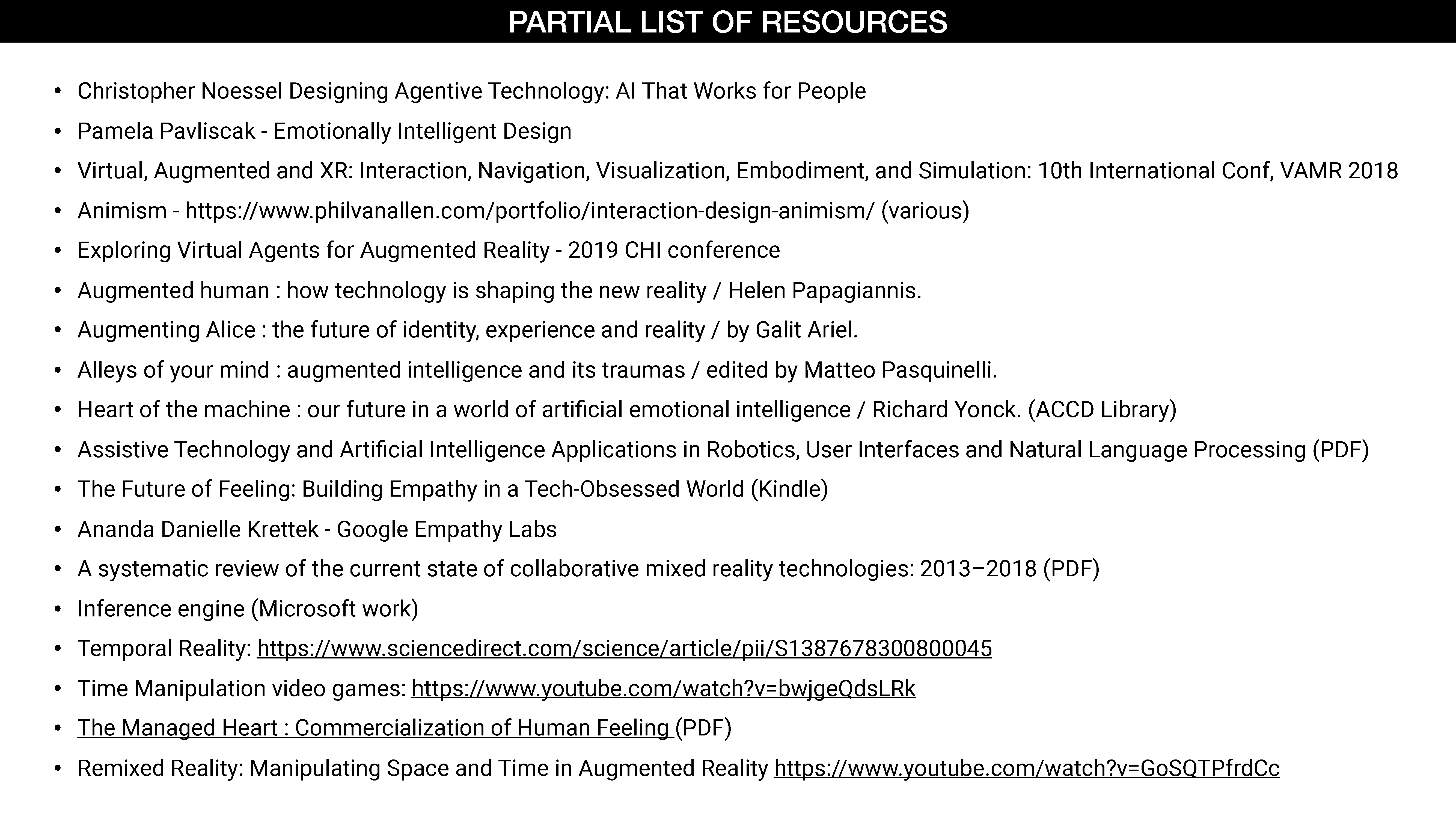Agency of Emotion
[AI with EQ]
Engaging with provisional realities cedes the human voice in favor of predictive algorithms. Will this improve our relationships, or produce an unacceptable strain on our individual agency and identity?
Agency of Emotion is a speculative software which embeds text based provisional realities into existing platforms, such as instant messaging and email. Provisional realities are formed by combining human emotion and temporal augmentation (predictive simulations). The resulting natural language generation appears plausible, because it is based upon an ever-increasing dataset of previous user interactions (and their emotional effects). Agency of Emotion interrogates: emotion based identity, roles of system transparency, and the collision of technology with emotional intelligence.
I watched a captivated crowd applaud with joy during a developer conference in 2018. Google Duplex was being demoed, and my stomach turned as I listened to an AI digital assistant talk to people and book appointments - while it passed for being human I saw it as creepy and deceptive. But why? This interest evolved into the question:
How might AI generated content influence, or shift, the relationship between agency and identity?
Fast forward to today. As agentive technologies have become increasingly pervasive, so to has insertion of human emotion in these experiences. Algorithmic empathy, and improvements in natural language processing are present on a growing number of digital assistant platforms. Imagining the future of these systems reveals a complex space in need of critical design. For this reason, my primary audience are designers whose work overlaps with combinations of: natural language processing, predictive simulations, and designing for emotion.
The two preceding video scenarios imagine a near future where speculative software operates within existing platforms. The embodiment of algorithms with emotional intelligence create what I call provisional realities. These derivative outputs are analogous to forms of skeuomorphism found in user interfaces. Provisional realities are formed by combining human emotion and temporal augmentation (or predictive simulations). The resulting natural language generation appears plausible, because it is based upon an ever-increasing dataset of previous user interactions and their emotional effects. As a consequence of engaging with provisional realities, users cede their human voice in favor of predictive algorithms.

It is safe to say, many people today are living in a fragmented timescape. Temporal augmentation is used to facilitate and automate the continuing rise of asynchronous human to human communication. Users have the ability to swipe and modify the degree of data history used to generate suggestions, which results in use of different emotions.
timescape. Noun. (plural timescapes) (science fiction) A multi-dimensional treatment of time. (physics) A function of time that is dependent on the position of the observer.
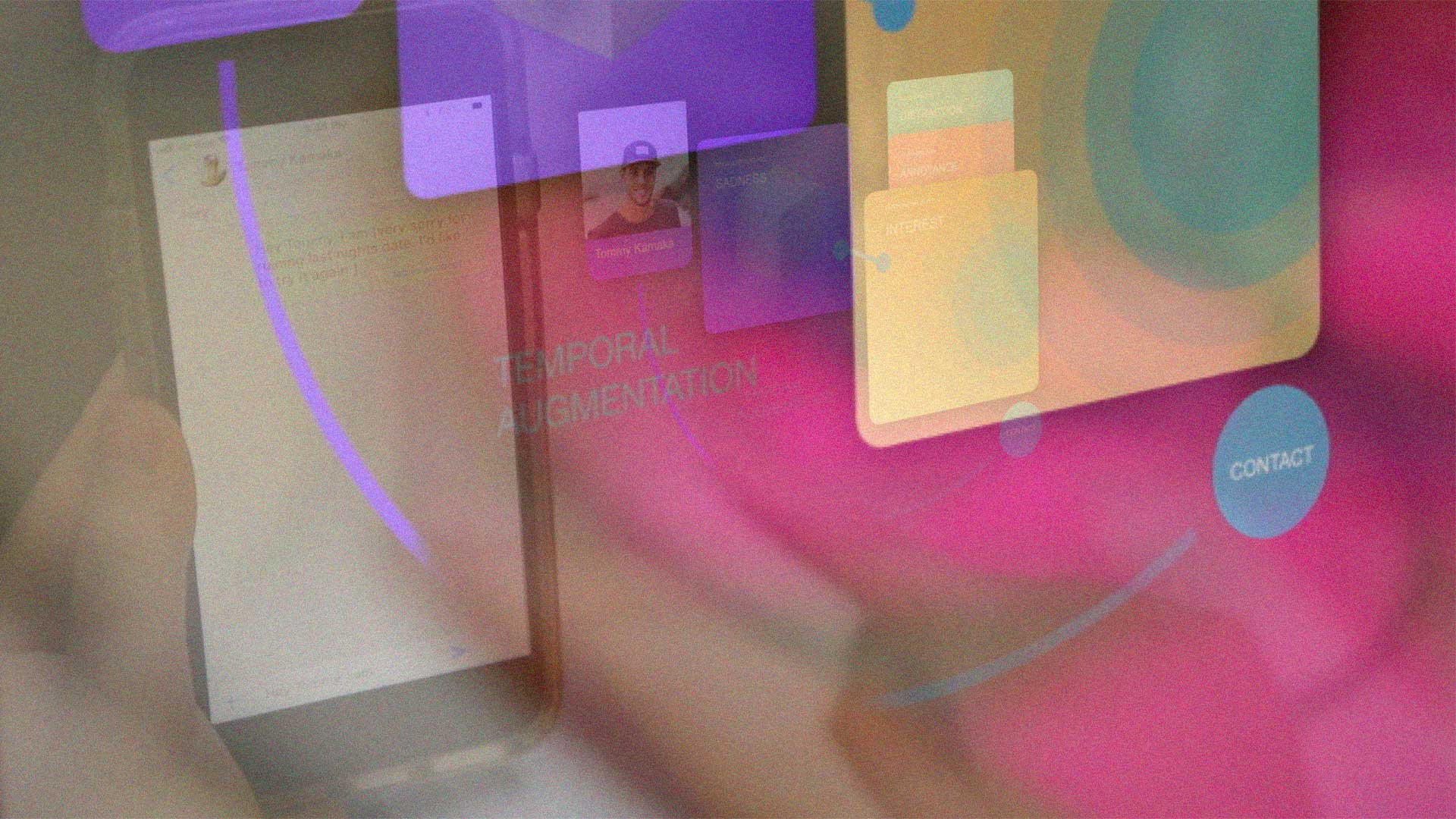
I leveraged Robert Plutchik’s “Emotion Wheel”, (pictured in the center of the following image) to categorize and root the framework of emotions. This also helped to subjectively pair them in scenario videos. Surrounding the diagram are UI cards which reveal to system users a superficial level of emotion source disclosure, alongside the primarily text based chat.

For me this inquiry began with Google Duplex, and evolved through the insertion of emotion, and concept of temporal augmentation. As opportunities for human connection are further automated, there comes increased risk of emotional detachment and homogenization of expression. Engaging with provisional realities cedes the human voice in favor of predictive algorithms. As an audience of designers, technologists, and humans, I challenge you to consider the question as you move forward in your own practice: Will this improve our relationships, or produce an unacceptable strain on our individual agency and identity?


For a deeper dive into research, past prototypes, and additional documentation...
THESIS PAPER (click for PDF)
ZINE: INSPIRATION + PROCESS (below)
